Bug Hunter (1990) is one of those rare puzzle platformers written exclusively for the Acorn 32-bit machines.
Whenever I stumble on an Archimedes title, I perk up. These machines—descendants of Acorn’s BBC line—were the first computers powered by ARM CPUs. Think about that: ARM, the chipset now running your phone, your tablet, your Nintendo Switch, even your M-series Mac.
Back in 1990, ARM wasn’t about pocket gadgets. It was pitched as the next big leap in desktop computing. Only problem was the Acorn Archimedes barely left the UK, and outside of classrooms, almost nobody touched one.
That’s a shame, because games like Bug Hunter show what these machines could do. The hero is Hysteron Proteron—a bioengineered soldier gone wrong. A lab mix-up left him a spineless bug-eyed creature who can’t actually fight. So the army threw him on pest control duty.
His gimmick: suckered feet that let him scuttle along floors, ceilings, and walls, and the ability to pick up objects and drop them on unsuspecting insects. Kill them all, move to the next room, repeat. Simple, but clever.
Graphically, it’s impressive for 1990. Crisp sprites, fluid enough movement, and backgrounds that look every bit as solid as what you’d see on the Amiga or Genesis. The SNES wasn’t even out yet, and here’s Acorn pushing visuals in that league.
Sound, though, is the usual British compromise: no music, just effects. Still, compared to the PC speaker squawks of DOS games, those crunchy bug-splat noises were fine.
What makes Bug Hunter stand out isn’t just the gameplay—it’s the personality. One room even has a parody movie poster on the wall: Schwarzenegger in Decorator, with the tagline “They picked the wrong man…” It’s little details like that which make it feel less like a generic extermination game and more like someone’s sly passion project. Which it was.
Ian Richardson, a solo dev at the time, built this thing himself. He’d later go on to Gremlin and Ocean before becoming a respected figure in UK game development. He passed away in 2021, but Bug Hunter remains a testament to his early craft.
The sequel, Bug Hunter in Space, came out the same year, expanding the concept to alien ships and teleports. And Bug Hunter & Moon Dash was even sold together on a single disk, though everyone agrees Moon Dash was the weaker half. Bug Hunter’s the one people remember—the one schoolkids used to sneak onto Archimedes machines in British classrooms.
So if you ever find an Acorn 32-bit, don’t pass this up. Bug Hunter is charming, tough, and a reminder that the ARM revolution didn’t start with iPhones. It started with a bug-eyed mutant wandering the walls on a forgotten British computer.
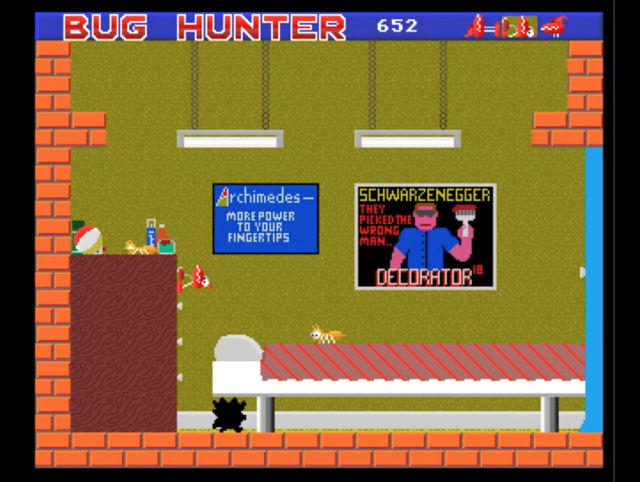







![Screenshot of a page with a post, and the same post with an edit made. The page is titled "History". The username is wild_man
In original post, the words "I am queer" have been highlighted. In the edited post, those words have been removed.
The original post says:
Lukas here, Hello to all!
Greetings
My name is Lukas,
I am from Germany, now 26 years old. (Birthday: 24.10.1998)
My first contact with Linux was with Ubuntu 6.04.
...
[some text removed to meet the max character count]
...
Haven't used Ubuntu for a long time.
(have to get used too snaps, they got way better in recent times)
Bio
I have a lot of time and a lot of knowledge, nothing to do with it, cant get a job these days...
So l want to help here <3
I am queer, I am technically a furry too. [wolf emoji, trans flag emoji]
I am on [Matrix] since Element was called "Vector" around 2016. Remade my homeserver again.
I have self-hosting knowledge from simple docker compose to docker with traefik, I don't understand how to kubernetes quite well, but I know what it is used for.
(just have only one V-Server so I cant use it in production i think? )
What i want to do:
Endof10 is ahead of us and the event to upgrade the win 10 PCs on the 20th this September Will be important!
Want to contribute as much as possible to Desktop Ubuntu that new users can work with it without even with strange edge cases. Screenshot of a page with a post, and the same post with an edit made. The page is titled "History". The username is wild_man
In original post, the words "I am queer" have been highlighted. In the edited post, those words have been removed.
The original post says:
Lukas here, Hello to all!
Greetings
My name is Lukas,
I am from Germany, now 26 years old. (Birthday: 24.10.1998)
My first contact with Linux was with Ubuntu 6.04.
...
[some text removed to meet the max character count]
...
Haven't used Ubuntu for a long time.
(have to get used too snaps, they got way better in recent times)
Bio
I have a lot of time and a lot of knowledge, nothing to do with it, cant get a job these days...
So l want to help here <3
I am queer, I am technically a furry too. [wolf emoji, trans flag emoji]
I am on [Matrix] since Element was called "Vector" around 2016. Remade my homeserver again.
I have self-hosting knowledge from simple docker compose to docker with traefik, I don't understand how to kubernetes quite well, but I know what it is used for.
(just have only one V-Server so I cant use it in production i think? )
What i want to do:
Endof10 is ahead of us and the event to upgrade the win 10 PCs on the 20th this September Will be important!
Want to contribute as much as possible to Desktop Ubuntu that new users can work with it without even with strange edge cases.](https://fedi.ml/photo/preview/640/702237)










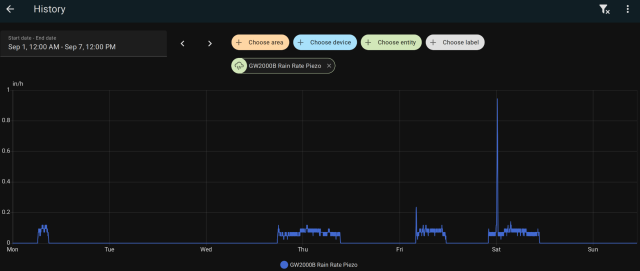
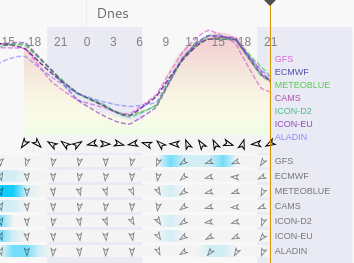








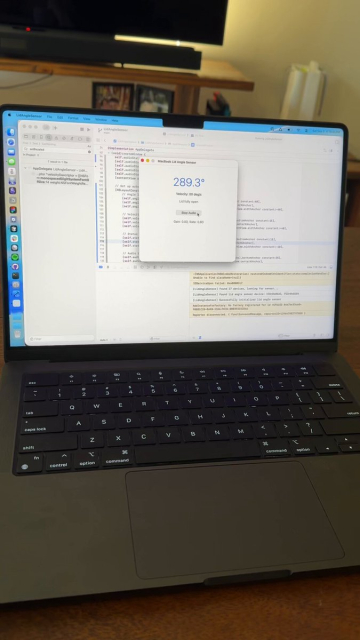
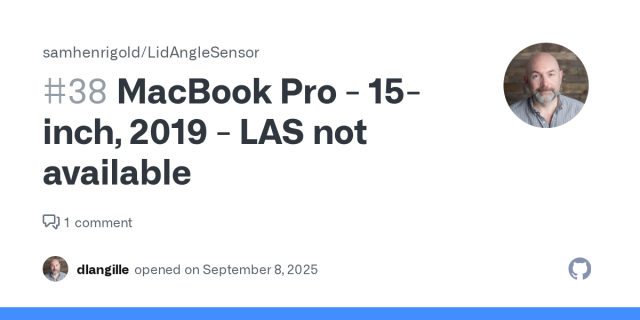


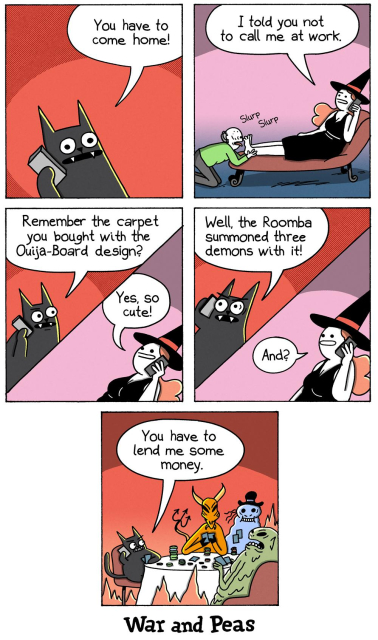


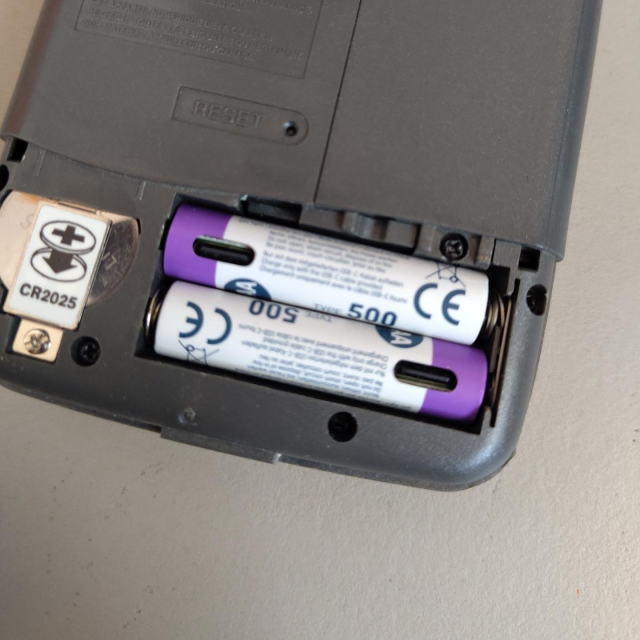
feld
in reply to feld • • •